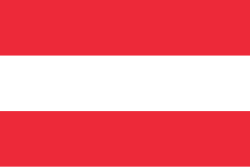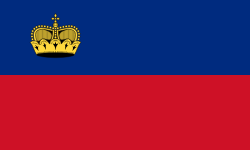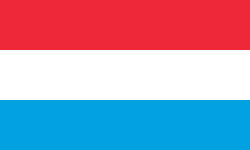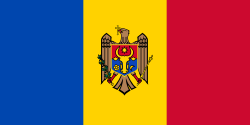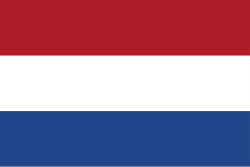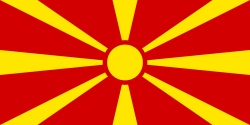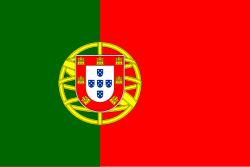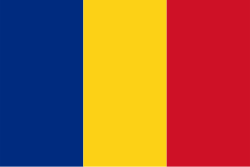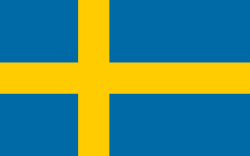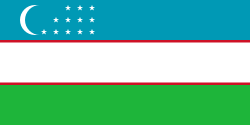General Information
Population
Immigration
Emigration
Working-age population
Unemployment rate
GDP
Refugees, Asylum seekers, IDPs
Citizenship
Territory
Migration Authorities
Responsible Body
Line Ministries
Ministry of Human Rights and Refugees
Directorate for European Integration
Agencies
Description
A long-standing country of emigration, Bosnia and Herzegovina (BiH) in recent years has also become an important transit point. Approximately 2 million people of BiH origin – over half of the country’s total population – are estimated to reside abroad, predominantly in Europe and North America. While emigration in the 1990s was conflict-induced, it nowadays largely results from the dissatisfaction with the socioeconomic and political realities along with the existence of economic incentives and established social networks in key destinations.
Researchers estimate that some 400.000 people left Bosnia and Herzegovina between 2011 and 2019. Intentions to emigrate are particularly high among the youth. The recent UNFPA survey shows that 47% of young BiH nationals (18-29 years old) are contemplating to migrate in search of stability, employment and career opportunities. One of the persistent push factors is the long-term unemployment that affects two-thirds of unemployed youth in BiH. Since 2020, the COVID-19 pandemic has caused further substantial damage to the BiH labour market. Consequently, youth unemployment rose to 37.7% in 2021. The outward migration combined with a rapidly ageing population and a low fertility rate might ultimately result in depopulation.
Croatia, Serbia, Germany, Austria and Slovenia host the largest BiH migrant communities, and along with Montenegro attract the majority of BiH labour migrants. Since 2017, over 3.000 BiH nationals annually have de-registered their residency in the country leaving for the EU and to the neighbouring Western Balkan states, but many more migrated without de-registration. The stock of BiH residence permit holders in the EU increased by 74.000 since 2017, reaching 430.000 in 2020. The majority of valid residence permits are issued on family and ‘other’ grounds for a period of 12 months and longer in the four above-mentioned EU MS. Furthermore, every year some 3.000 to 4.000 BiH nationals renounce BiH citizenship to acquire German, Austrian, Slovenian or Croatian passports. The vast BiH diaspora considerably contributes to the economy of its home country through remittances, which amounted to 9.3% of the national GDP in 2020.
When it comes to outflows, the number of BiH nationals granted first-time residence permits in the EU has been on the rise since 2011 reaching 56.363 in 2019. However, in 2020, it declined by 37% due to COVID-19. Slovenia and Croatia have been issuing a growing number of first-time residence permits to BiH nationals, with most granted for remunerated activities for a period of six months and longer. Labour migration to the EU also includes BiH migrant workers employed via bilateral employment agreements in Germany and Slovenia. There were over 15.000 BiH nationals employed through these schemes in 2019 (7.151 in 2020). While labour migration to the EU features both longer and shorter-term patterns (55/45% ratio based on first-time residence permits), labour migration to Montenegro and Serbia is mostly temporary and circular. BiH migrant workers come to neighbouring Croatia, Serbia and Montenegro for seasonal employment in tourism, construction and agricultural sectors, with many of them working in the informal economy.
For the past few years, the annual data on irregular outmigration reflect on average 3.500-4.000 BiH nationals staying illegally in the EU, mostly in Germany. Meanwhile, the number of BiH citizens refused entry to the EU – primarily at the Croatian and Slovenian borders - nearly doubled in 2020 compared to 2019 (8.145 vs 4.245). The return rate of irregular BiH migrants from the EU has declined from over 80% in 2015 to 37% in 2020. Both the number of BiH nationals ordered to leave and those actually returning following such order has equally declined to reach respectively 2.710 and 1.010 persons in 2020.
The worldwide stock of refugees from BiH has considerably declined over the past decade reaching 15.394 persons in 2021. Serbia, Kosovo, Switzerland, France and Germany host the majority of BiH refugees. The latter two countries along with the US also receive the most asylum applications filed by BiH nationals. In 2021, the number of BiH asylum seekers reached its historical minimum of 954 persons since the Bosnian war. Meanwhile, there are still close to 100.000 persons who remain internally displaced. The risk of continuing/further displacement persists given the complicated political structure of Bosnia and Herzegovina.
Bosnia and Herzegovina is home to some 36.000 immigrants, who mostly originate from Croatia, Serbia and Montenegro. In 2020, the number of new visas, temporary and permanent residence permits issued to foreigners amounted to 1.857, 8.293, and 312 respectively, dropping by 96%, 18% and 60% when compared to 2019. The number of work permits, with most issued to citizens of Serbia, Turkey, Kuwait, Croatia and China, equally declined from 3.183 in 2019 to 2.586 in 2020.
Since mid-2018, irregular migrants and asylum seekers have frequented the route via BiH to the EU, turning it into one of the most travelled mixed migration routes in the Western Balkans. Between January 2018 and October 2021, BiH registered almost 84.000 irregular arrivals. The top countries of origin declared were Pakistan, Afghanistan, Iraq, Iran and Syria. Moreover, IOM estimates that there are around 9.000-10.000 migrants in the country at any given time. Despite the intention of migrants to transit the territory of BiH, many of them have been forced to remain there after being returned by the Croatian authorities. Yet, only a small share of migrants (e.g. 244 persons in 2020, 784 in 2019) claim asylum in BiH and only 86 persons received either a refugee status or subsidiary protection in 2018-2020. The country struggles to meet the basic needs of migrants, whereas its reception and accommodation capacities remain limited. Moreover, BiH communities hosting migrants have seen increased social tensions and anti-migrant sentiment.
BiH adopted both the Global Compact for Refugees and the Global Compact for Safe, Orderly and Regular Migration. It is a party to several migration dialogues. Since 2020, BiH is a member of the Joint Coordination Platform that promotes better coordination of measures against irregular migration along the Eastern Mediterranean Route. Since 2010, the country has been enjoying visa-free travel to the EU. It has also concluded readmission agreements with the EU and Schengen associated countries, all the Western Balkan countries, Turkey, Russia, Moldova and Pakistan. The increased mixed migration flows forced BiH to step up efforts to improve migration management, but many obstacles in terms of institutional cooperation, coordination and legislation remain to this day. The country is working on a new Strategy and Action Plan on Migration and Asylum 2021-2025, still under adoption in early 2022.
Relevant Publications


